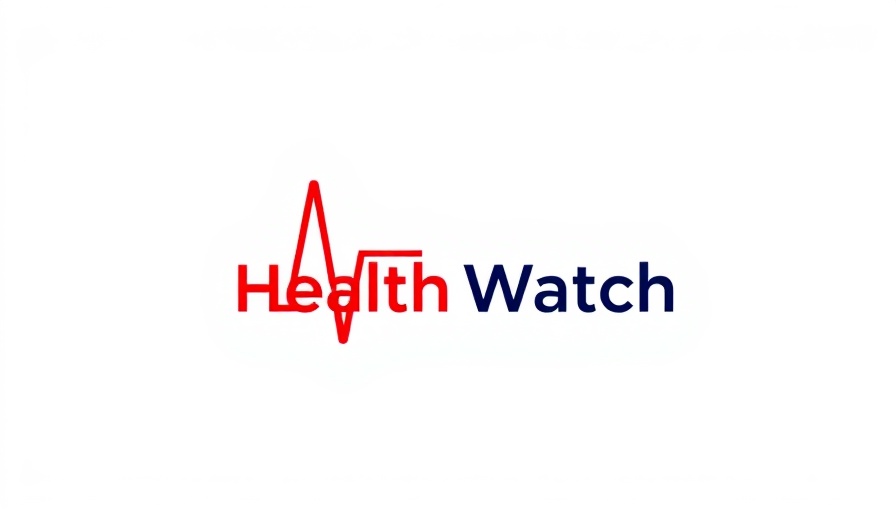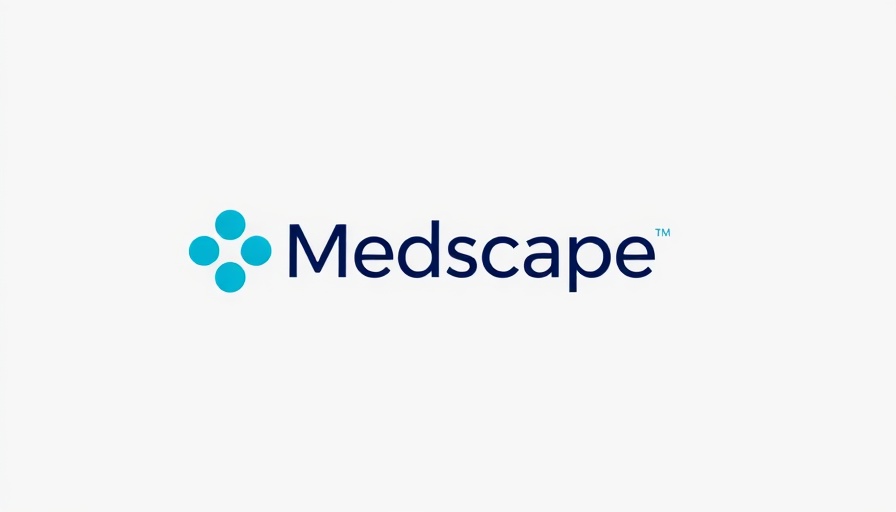
Enhancing Workplace Eye Safety with ECPs on the Front Lines
As workplaces evolve into intricate environments requiring diverse visual capabilities, the role of Eye Care Professionals (ECPs) has never been more crucial. In March, amidst Workplace Eye Awareness Month, these professionals are championing the cause of eye safety, taking strategic steps to address the unique visual challenges employees face on the job. ECPs are becoming the frontline defenders of workplace eye safety, emphasizing the importance of personalized eyewear solutions tailored for different work scenarios.
Bridging the Gap Between Vision and Workplace Needs
Vision impairments can significantly impact productivity and comfort at work. The modern workplace often presents various challenges, from long hours spent on the computer to quick visual transitions in diverse roles like teaching or craftsmanship. ECPs survey these distinct environments, recommending customized solutions to better support professionals in their daily tasks. A clearer understanding of these roles allows for tailored consultations that can lead to improved eye health and overall job performance.
Advancing Eye Safety with Cutting-Edge Lens Technology
At the forefront of these eye safety efforts are innovative products like the iD WorkStyle® 3 lenses, designed to accommodate the visual demands of contemporary workplaces. These advanced lenses stand out due to their:
- Personalization: Unlike traditional lenses, the iD WorkStyle® 3 lenses are crafted to meet specific visual requirements, ensuring clarity for both desk work and active environments.
- Comfort Technology: Equipped with features that minimize strain and fatigue, these lenses allow users prolonged comfort during their work hours.
- Enhanced Clarity: The design ensures seamless transitions between vision zones, making it easier for users to focus and switch tasks efficiently.
Key Benefits of Addressing Eye Health in the Workplace
Despite the availability of advanced eyewear technologies, many individuals remain unaware of the potential eye health risks associated with their work environments. ECPs play a pivotal role in educating employees about:
- Digital Eye Strain: Many experience discomfort after extended periods before screens, leading to symptoms like dry eyes and headaches.
- UV and Blue Light Exposure: The risk of UV exposure indoors and the effects of harmful blue light from screens can detrimentally affect long-term eye health.
The Value of Personalized Eye Care
Incorporating personalized eyewear solutions fosters not only immediate comfort but also enhances long-term eye health. Patients should feel empowered to discuss their visual needs openly with ECPs, leading to better-fit recommendations that reflect their daily life and work demands. For instance, questions about screen time, visual tasks, and equipment use can refine the suggested eyewear, yielding profound results in both productivity and comfort.
Future Directions in Workplace Eye Safety
Looking ahead, trends indicate a growing recognition of the importance of visual wellness in occupational health. As industries continue to adapt to digitalization and agile workspaces, the demand for tailored, effective eyewear solutions will rise. ECPs must remain proactive, leveraging new technologies and engaging workers in eye health discussions.
Engaging Your Patients: How ECPs Can Make an Impact
Educating employees about their eye health needs fosters a more robust work culture, emphasizing the significant relationship between vision wellness and workplace productivity. Success stories can resonate strongly; sharing how personalized eyewear has transformed other patients' experiences can encourage more individuals to prioritize their eye health.
Final Thoughts on Eye Safety in the Workplace
The investment in personalized eyewear should be viewed as essential for anyone spending significant time in controlled environments. ECPs have the expertise and tools to safeguard vision at work, ultimately contributing to a healthier, more productive workforce. Remember, the sooner individuals address their eye care needs, the better their long-term eye health outcomes.
 Add Row
Add Row  Add
Add 




Write A Comment